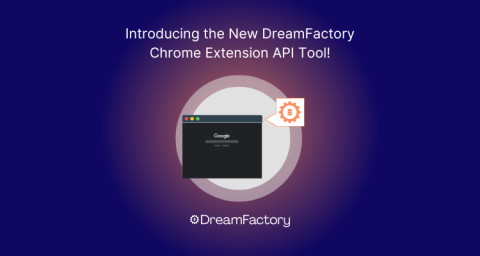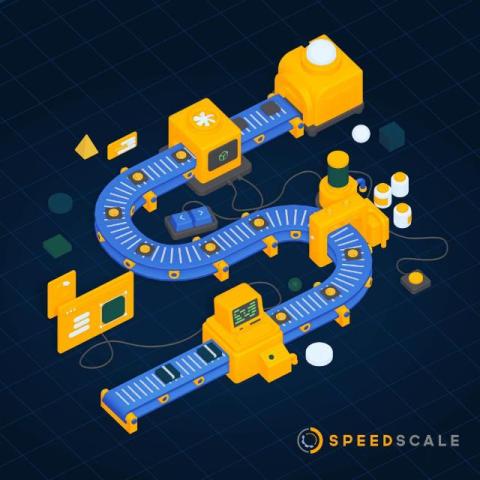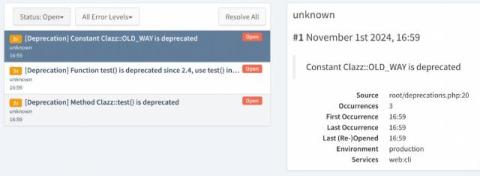Ably's four pillars: no scale ceiling
This is one of a series of posts that explain Ably’s four pillars of dependability. The four pillars project at Ably is about making concrete, objectively verifiable, statements about the technical characteristics of the service. We aim to ensure that our claims about service performance are expressed clearly in terms of explicit metrics, and we explain in technical terms how those performance levels are met.










